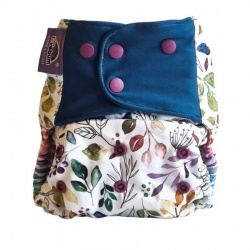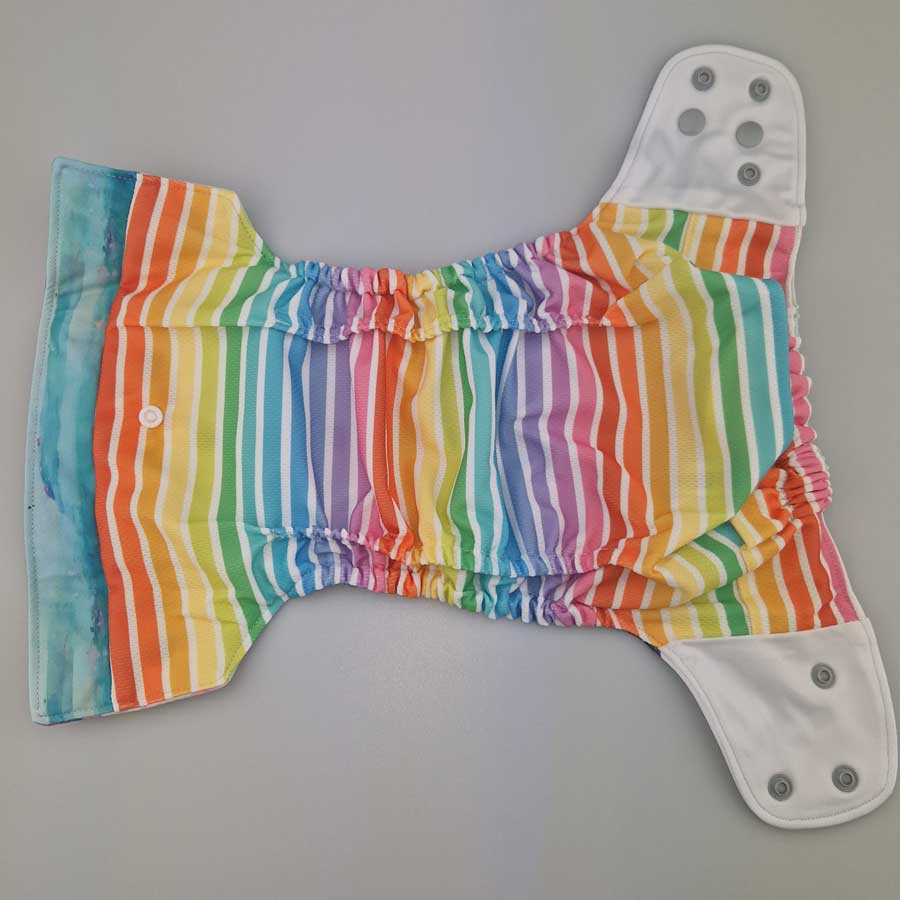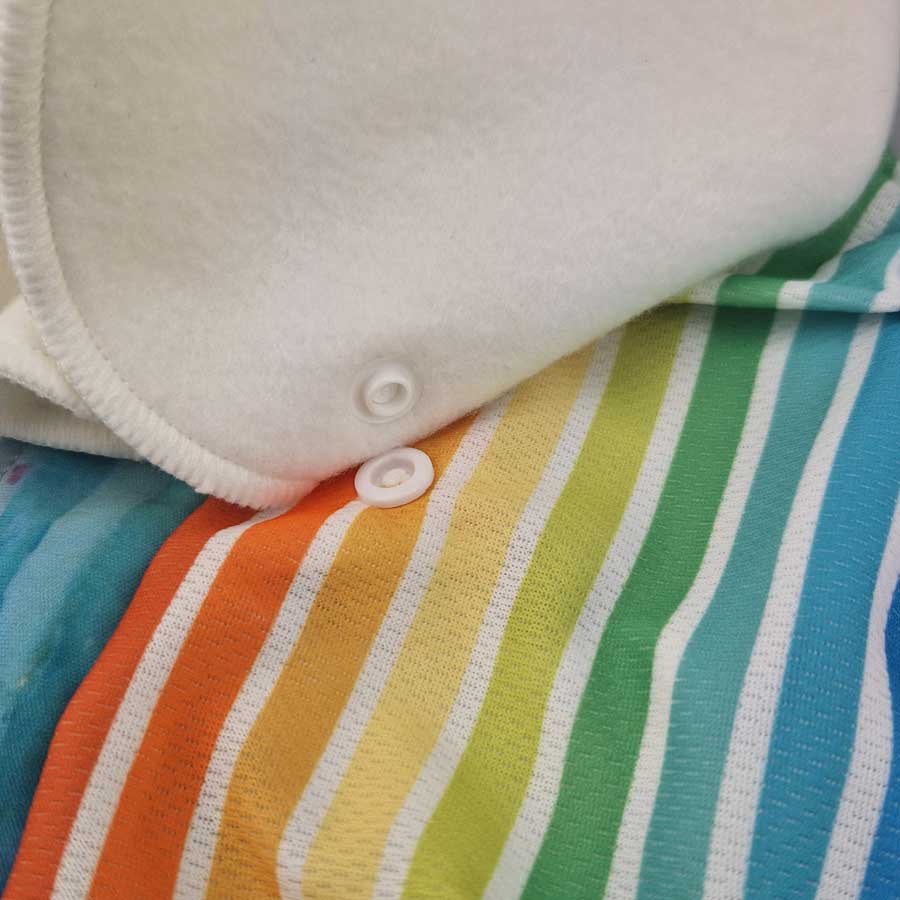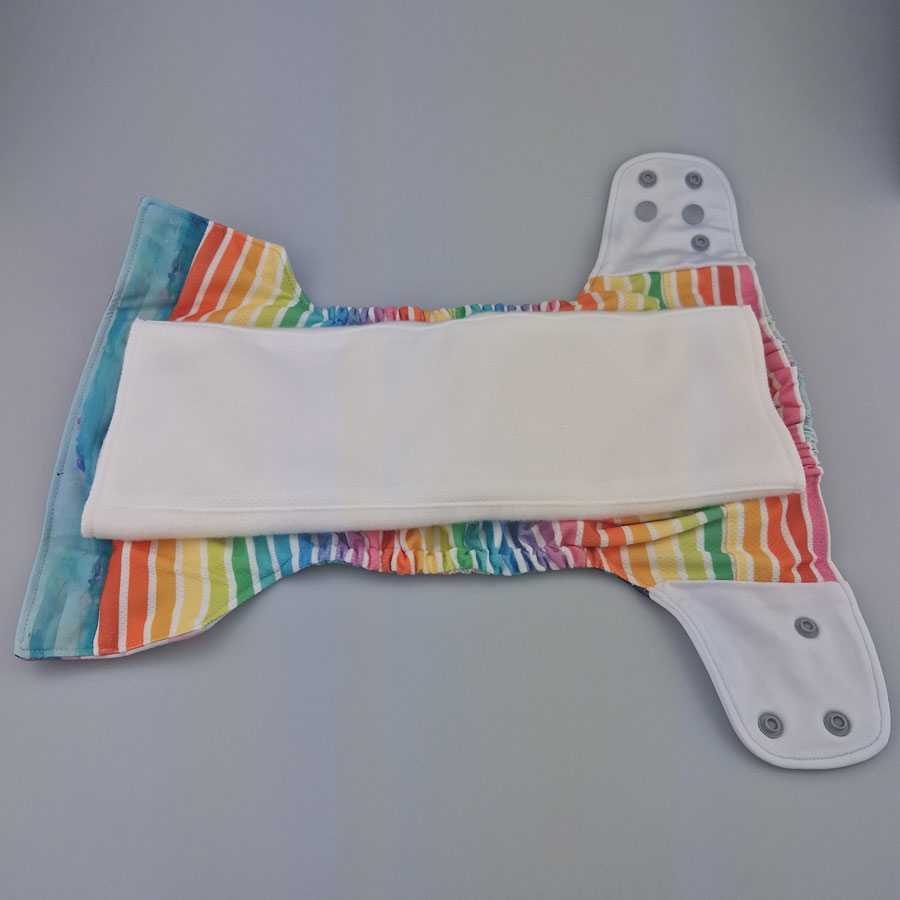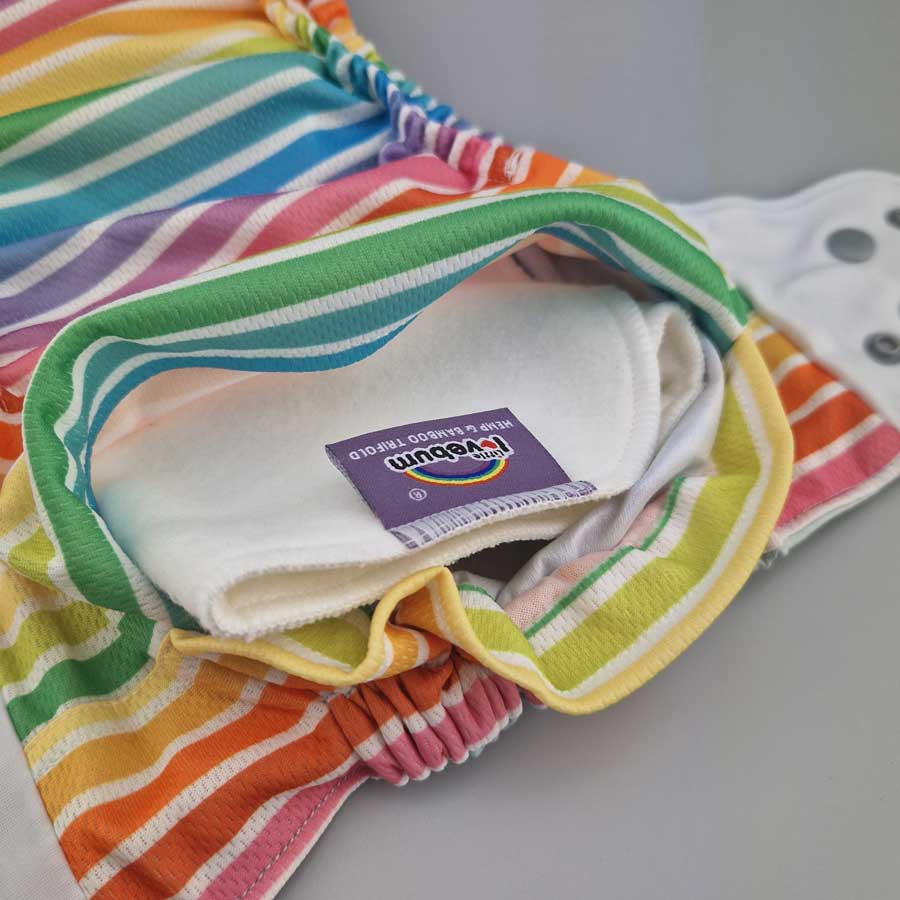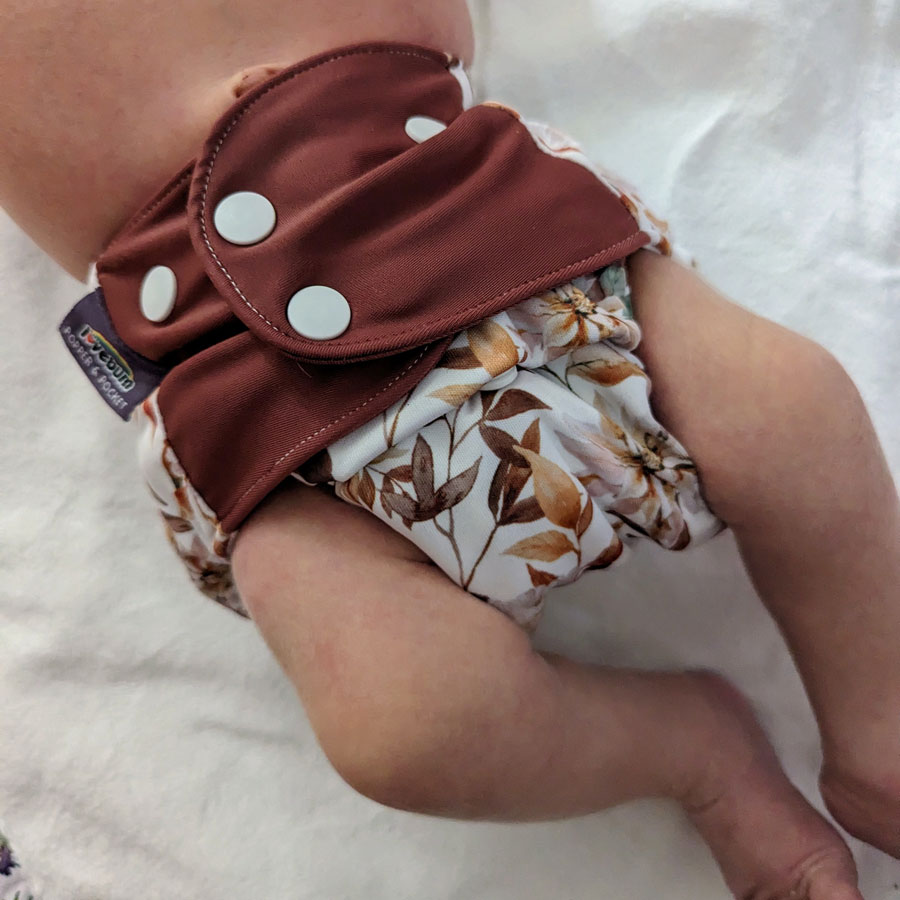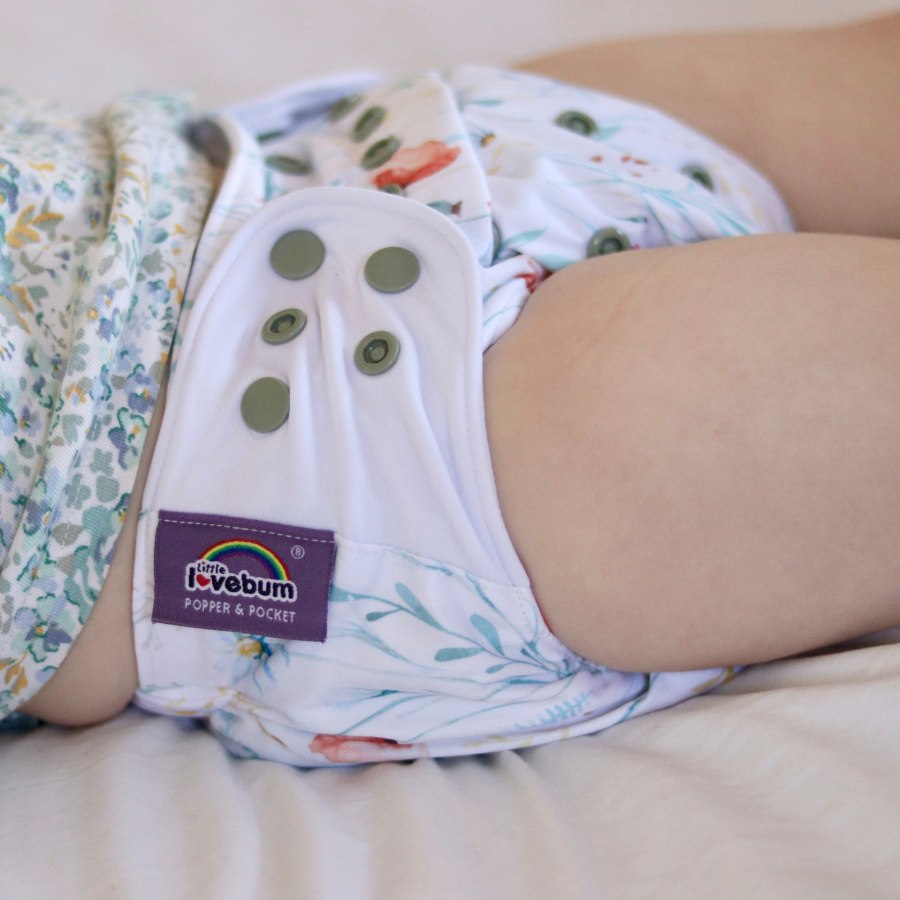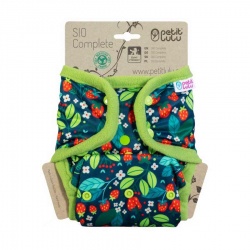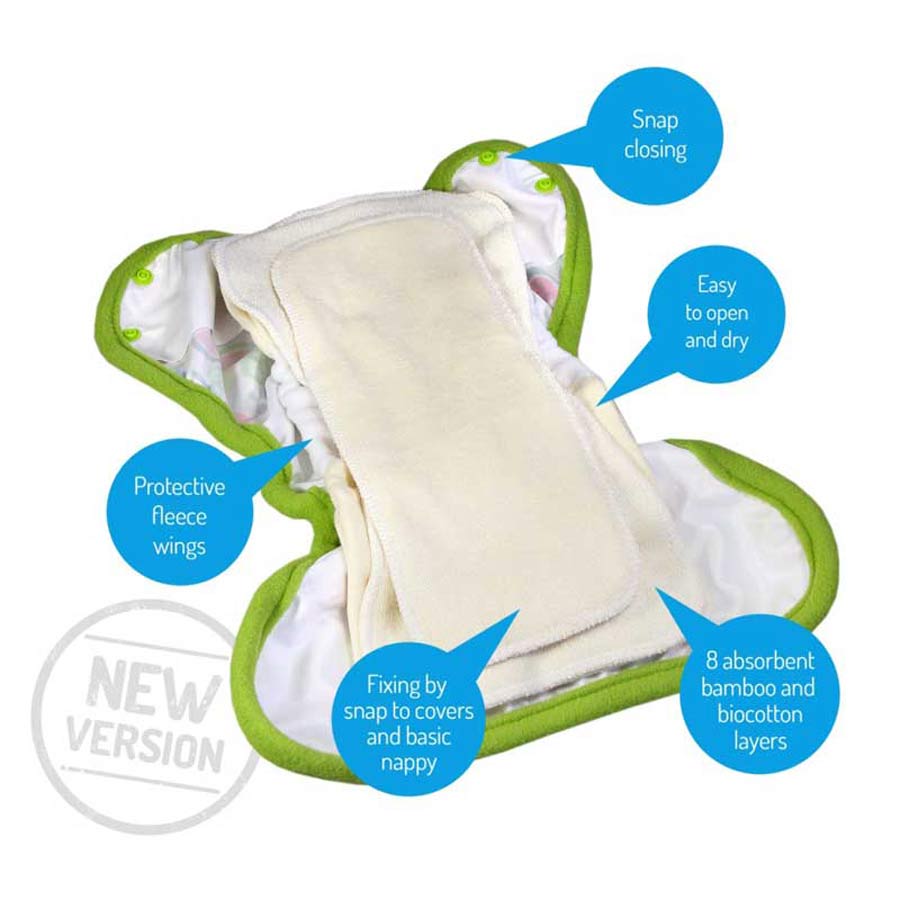What are the types of reusable nappies
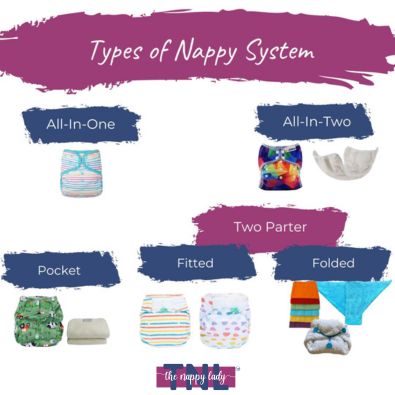
Cloth nappies are very simple. There are many styles which initially can seem overwhelming but once you know what style you prefer you're well on your way to choosing nappies perfect for you. Many people have a few different types of different reasons such as two parter for night time and all in ones for childcare.
To help you I will explain what makes up each different type of washable nappy, and what are the pros and cons of each? If you're unsure what the part name mean, please read first my guide to the parts of a nappy system.
What are the types of cloth nappy?
- Two Part - Fitted Nappies
- Two Part - Flat Nappy (such as a Terry Square)
- All In One Reusable Nappy
- All In Two Reusable Nappy
- Pocket Nappy
What is a two parter nappy system?
A two part nappy system means there is a separate nappy and a separate waterproof wrap. The nappy can be either modern fitted nappies, or traditional flat nappies like terry squares. A fitted nappy usually fastens with poppers or Velcro whereas a flat nappy you would often fasten with a Nappy Nippa.
Pros
- Best for longevity as if a component wears out you can just replace the one part
- Best long term choice if having more than one child
- Best for poo containment due to the separate waterproof cover
- Ideal for newborn babies and their explosive poos!
- Normally highest absorbency, ideal for heavy wetters
Cons
- Usually the most bulky
- Can be slow drying depending on fabric
- Slightly slower to put on due to the two layers (nappy and separate wrap.)
What is an all in one nappy system?
In an all-in-one nappy, the absorbent inner layer and waterproof wrap part are permanently attached and built together into one piece. The absorbent part is fully attached and doesn't separate just like disposable nappies.
Pros
- Quickest nappies to change
- Often slim
- Easy for childcare or those unfamiliar with nappy changing
- Super convenient for a quick change for an older child or wriggly baby
Cons
- Lower containment than a two part system
- Variable drying time depending on the nappy material / fabric
- Longevity - the waterproof part gets washed every time as the whole nappy is sewn together; this decreases the longevity of the product as if one part fails the whole nappy needs to be replaced.
All in one nappies are the closest you will get to disposable nappies. They work in just the same except you wash them rather than throw them away.
What is a pocket nappy system?
Pocket nappies have an absorbent insert(s) that are stuffed into a pouch or "pocket' which is formed by the waterproof cover and fleece lining being sewn together. Pocket nappies are prepared beforehand then acts like a kind of all-in-one.
Pros
- Quick to change
- Often slim fitting
- Quicker drying as the parts are separated for drying
- Variable absorbency depending on which nappy inserts are used. Match absorbency to your childs needs.
- Economical - reuse old flat nappies stuffed into the pouch giving new life to an old insert
Cons
- Lower containment than a two part system
- Time - needs to be stuffed after washing/unstuffed after use
- Longevity - the waterproof part gets washed every time as the whole nappy is sewn together; this decreases the longevity of the product as if one part fails the whole nappy needs to be replaced.
What is an all in two nappy system?
All in two reusable nappies fall somewhere between a pocket nappy and an all in one nappy. They should not be confused with a fitted (two part) nappy system. The inner absorbent layer poppers on to the outer waterproof layer and, once poppered, form a one piece nappy. At nappy change time, take out the wet insert then popper a clean insert back into the same cover. Many parents who use all in twos like to have two covers on rotation, so you have a clean dry nappy ready to go on, before you go and swap out the inserts from the cover you've just taken off.
Pros
- Best for longevity as if a component wears out you can just replace the one part
- Often slim cloth nappy choice
- Quick drying as the parts can be poppered apart
Cons
- Slower to change cloth nappy due to poppering in the new insert
- Fewer choices on the market
Let us help you find the best reusable nappies for your needs
Fill in our free advice questionnaire below.


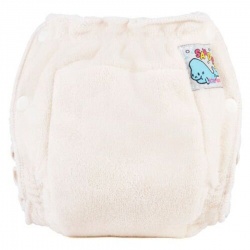
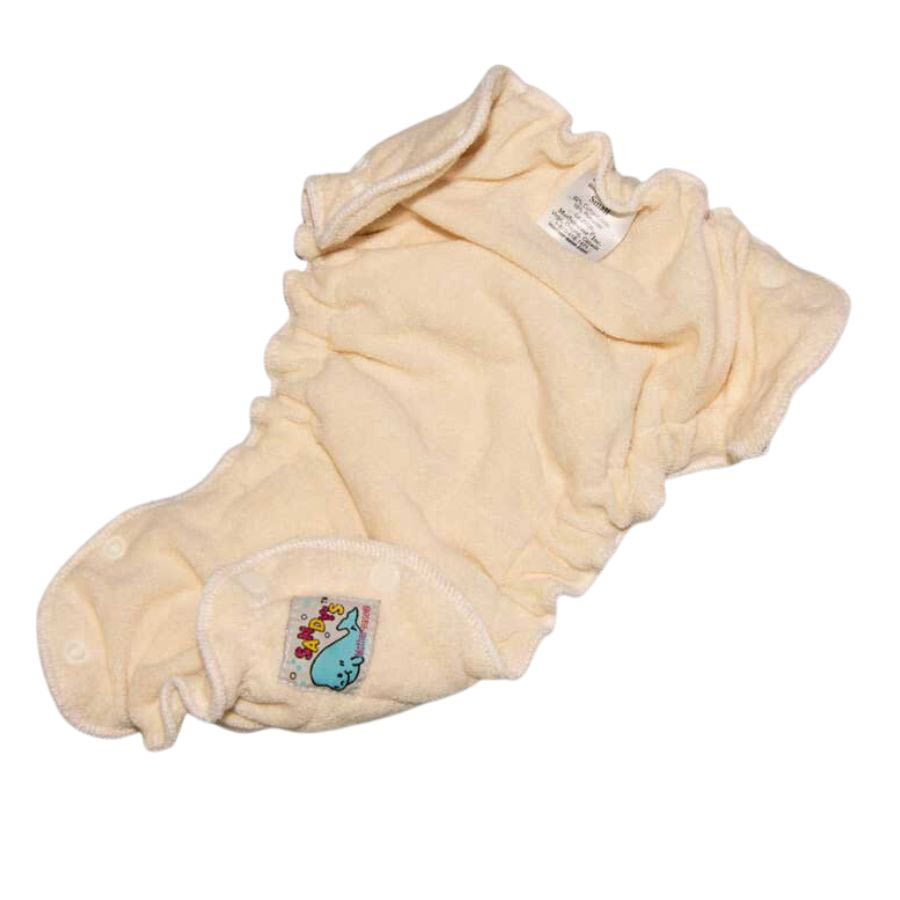
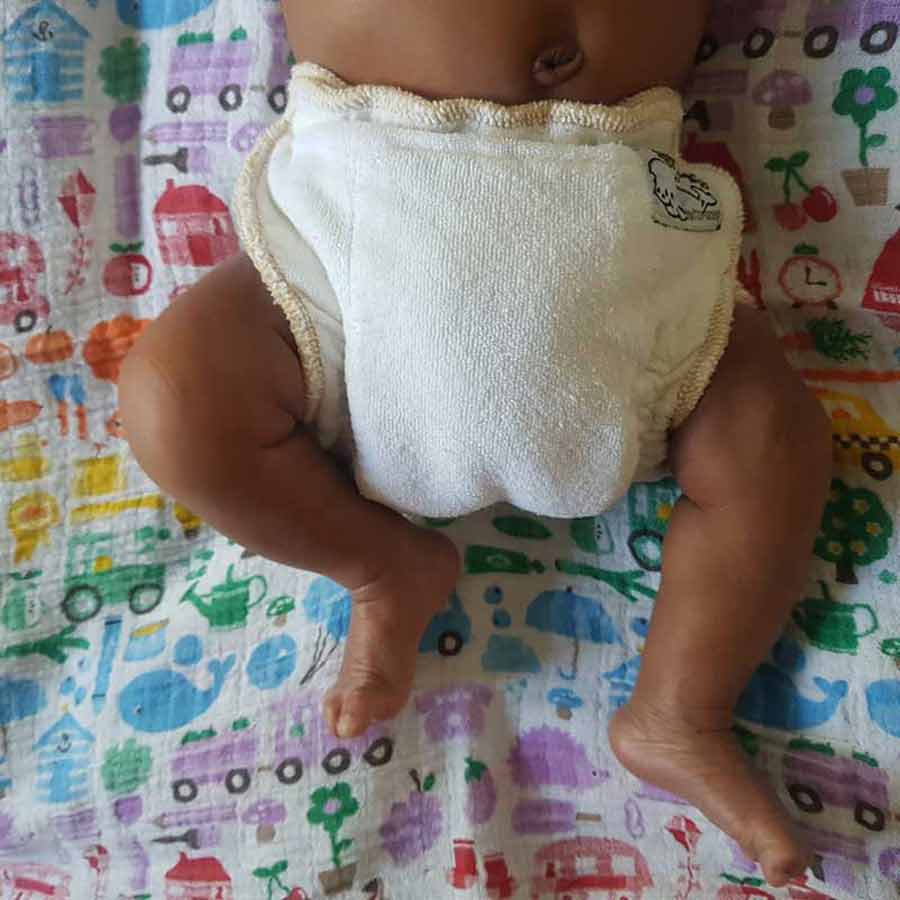
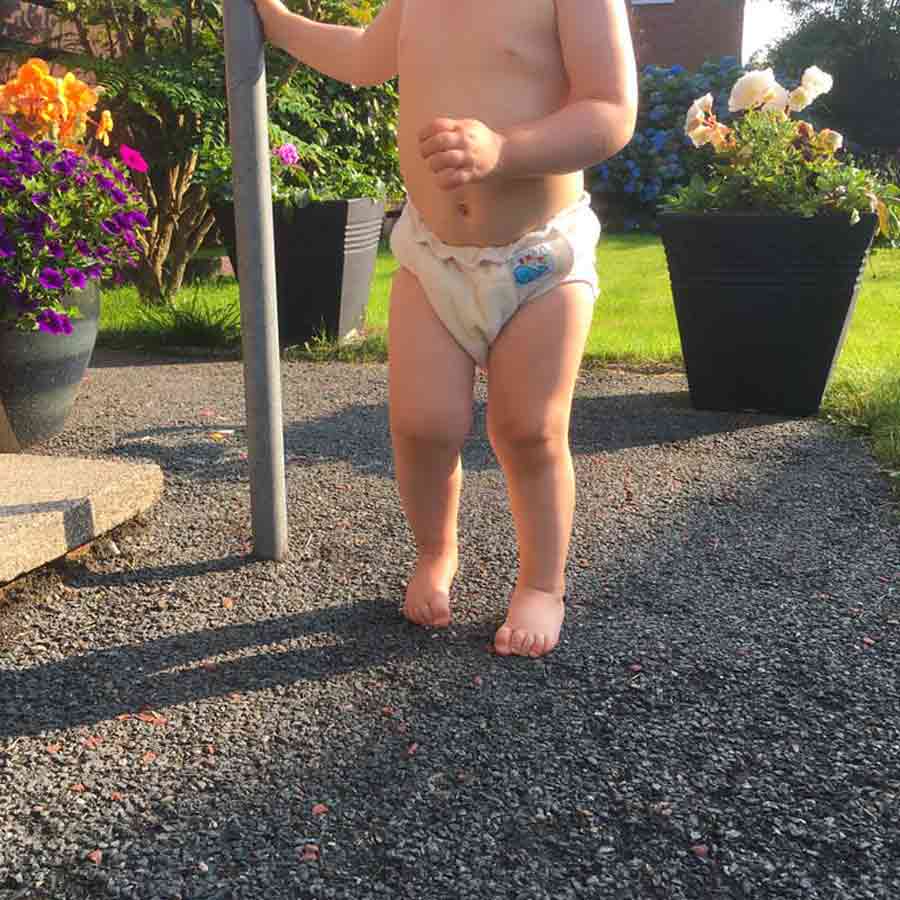
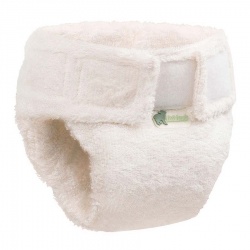
.jpg)
.jpg)
.jpg)
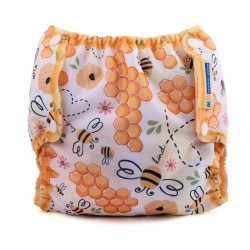
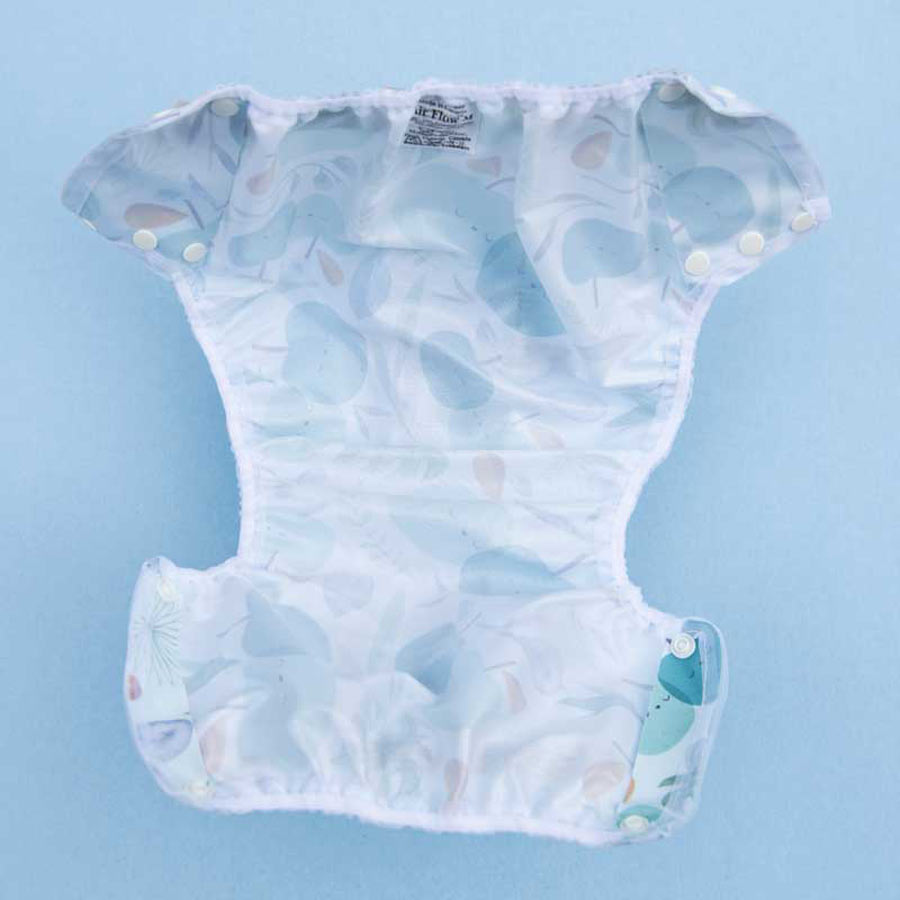
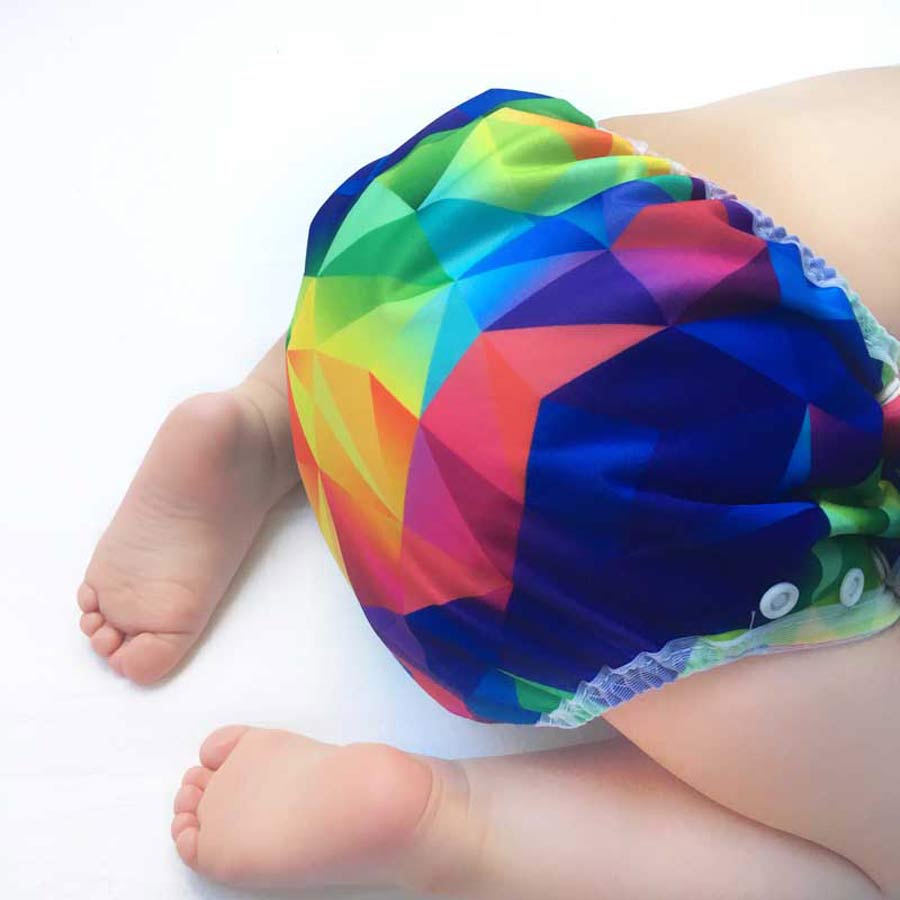
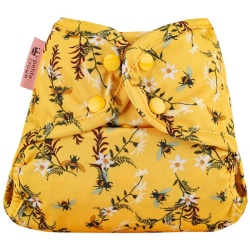


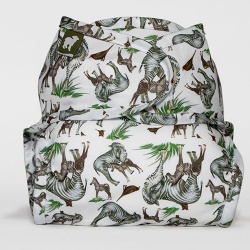
.jpg)
.jpg)
.jpg)
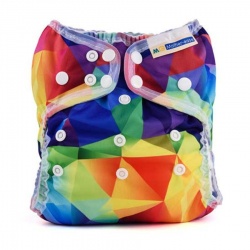
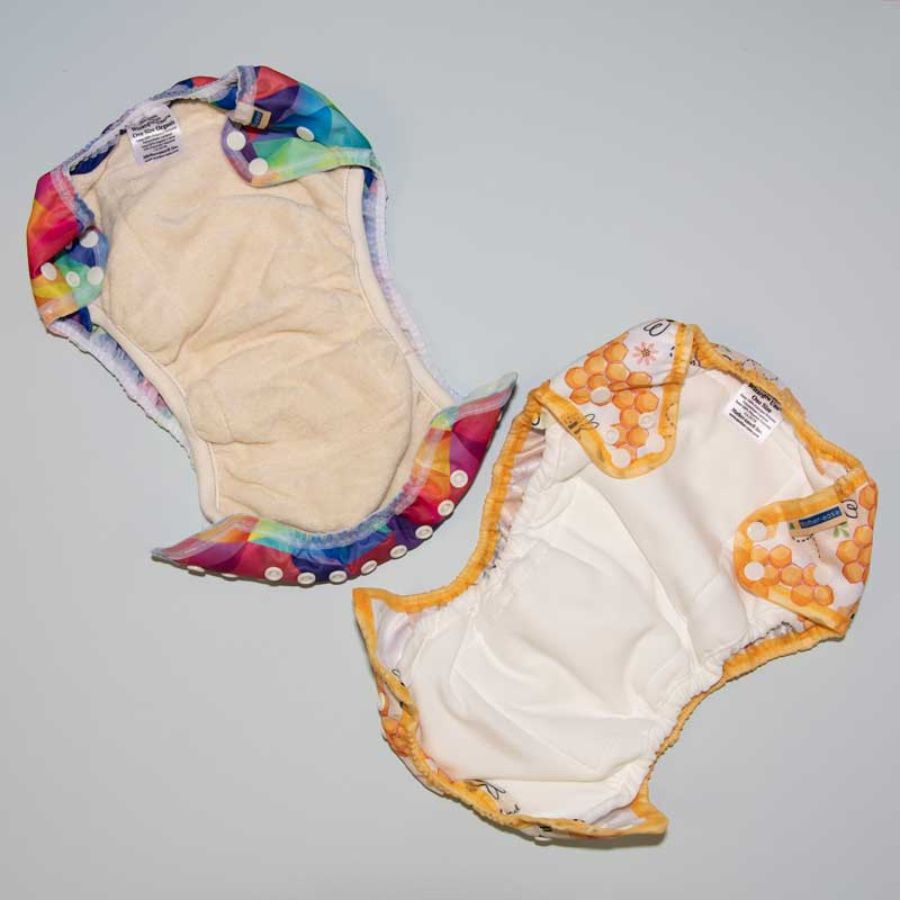
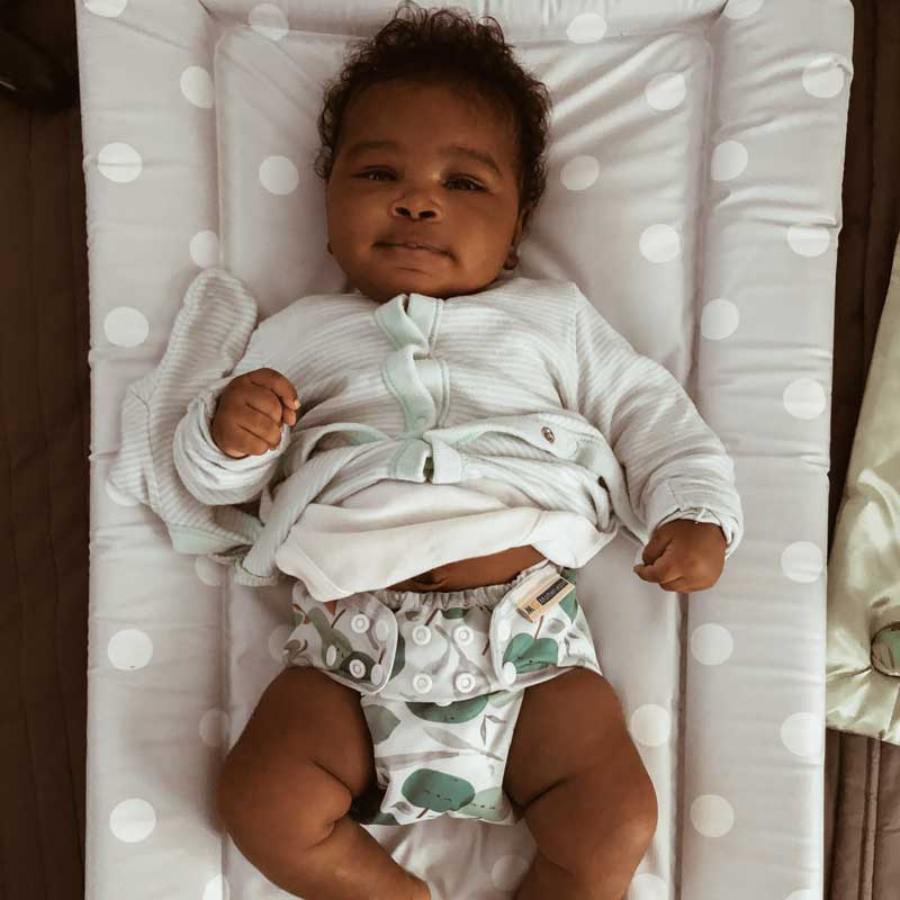
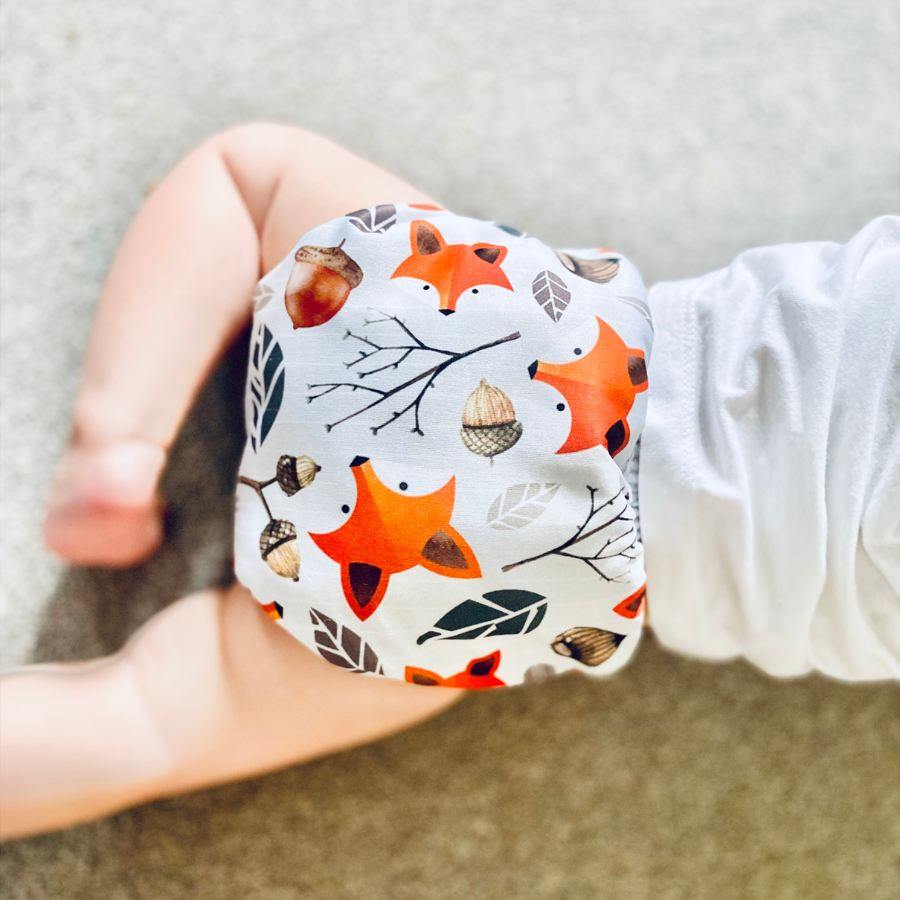
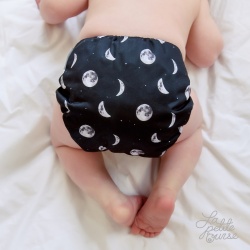
.jpg)
.jpg)
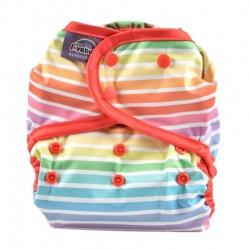
.jpg)
.jpg)
.jpg)
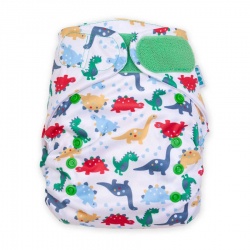
.jpg)
.jpg)
.jpg)
.jpg)
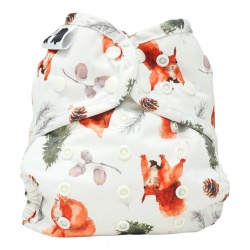
.jpg)
.jpg)
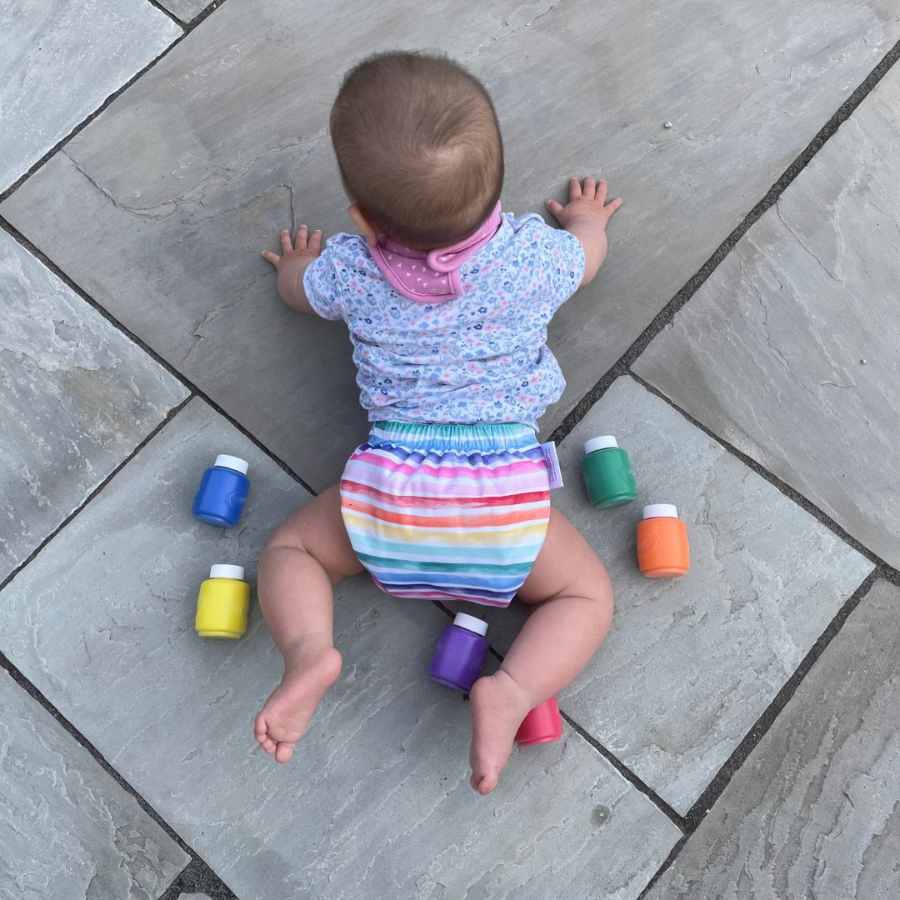
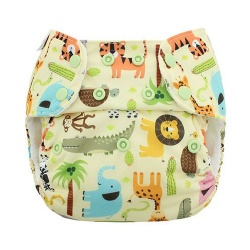
.jpg)
.jpg)
.jpg)
.jpg)
.jpg)
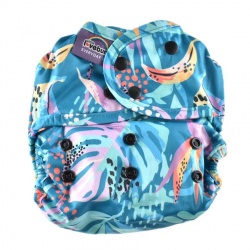
.jpg)

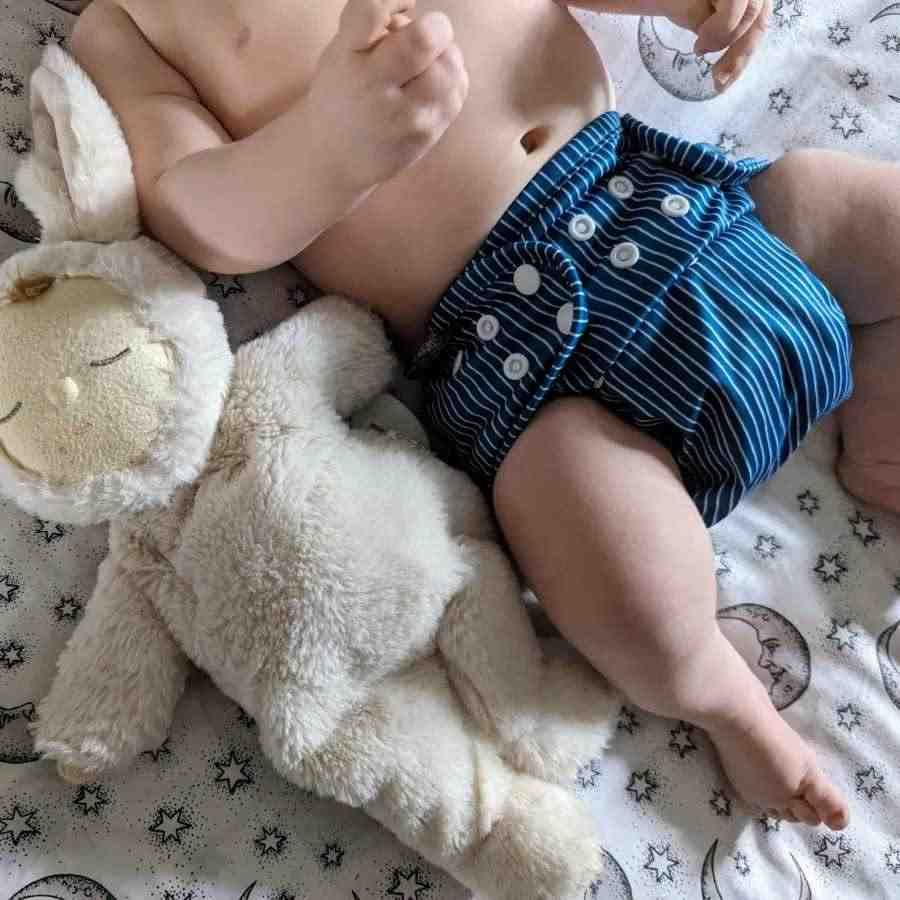
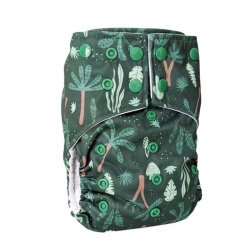
.jpg)
.jpg)
.jpg)
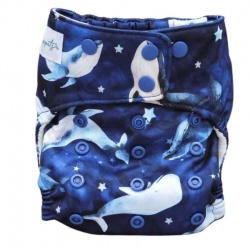
.jpg)
.jpg)
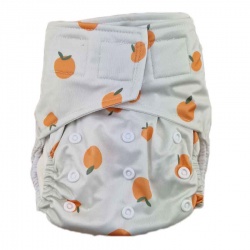

.jpg)
.jpg)
.jpg)
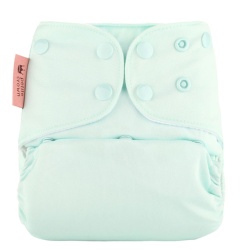
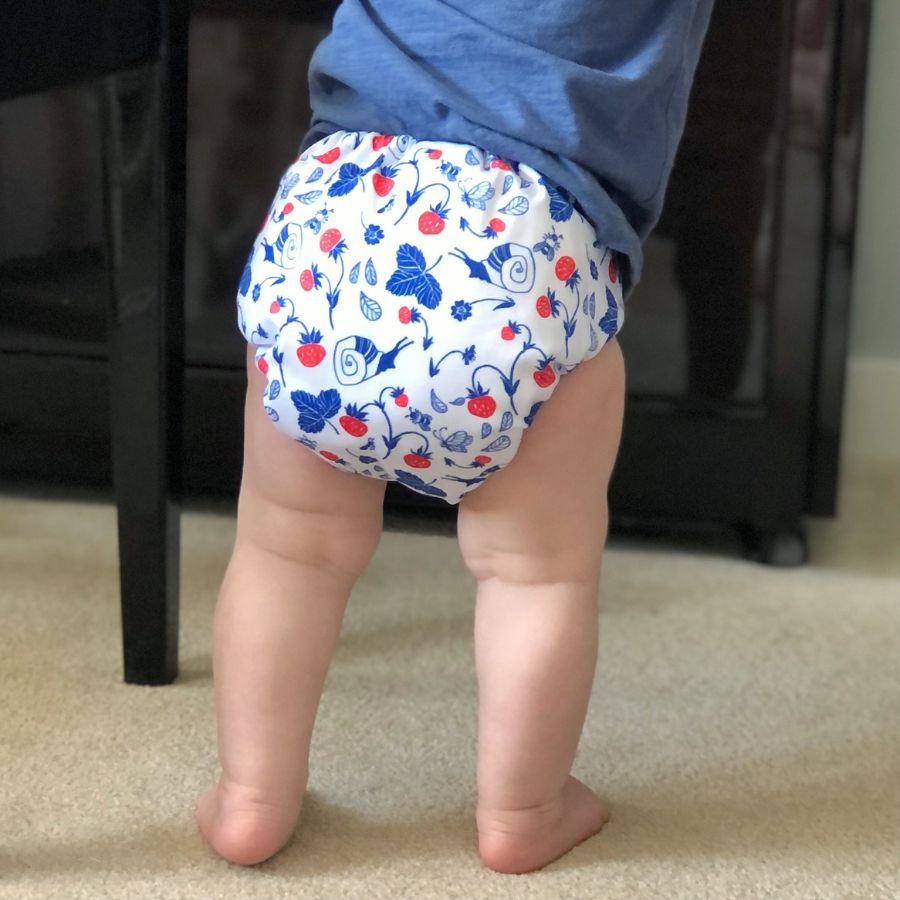
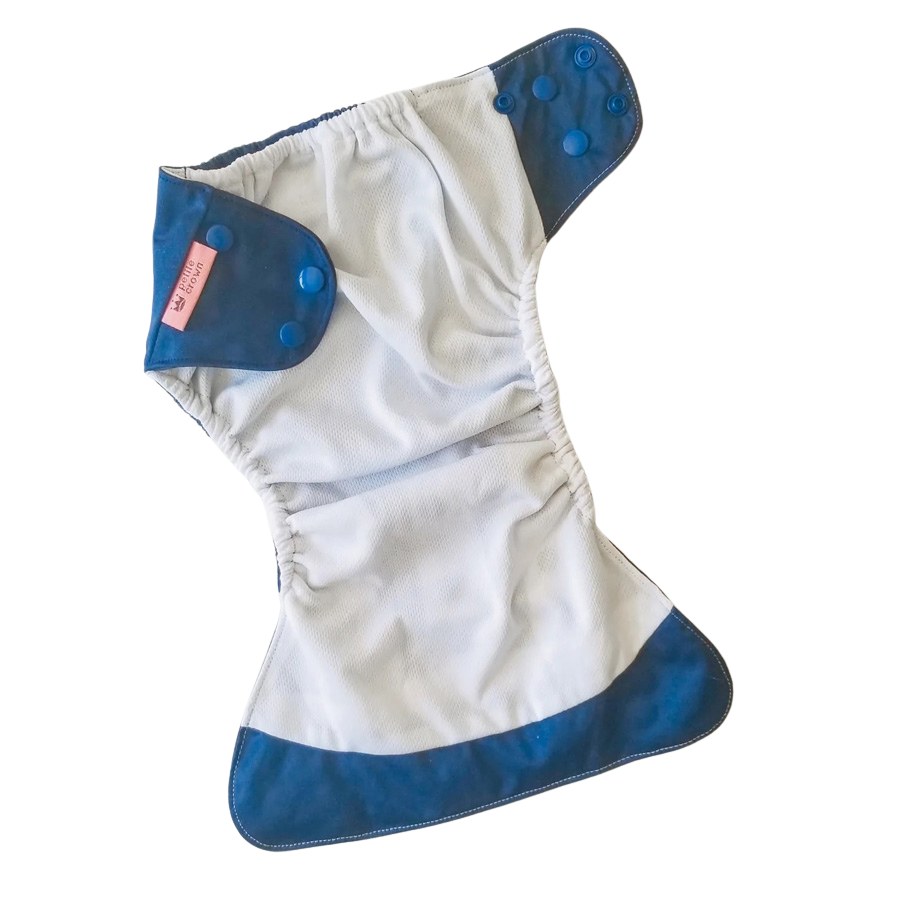

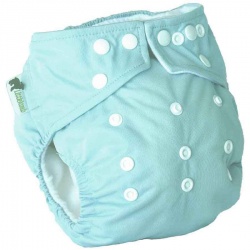
.jpg)
.jpg)
.jpg)
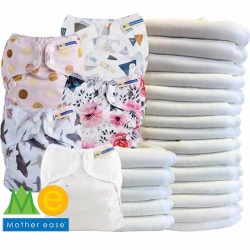
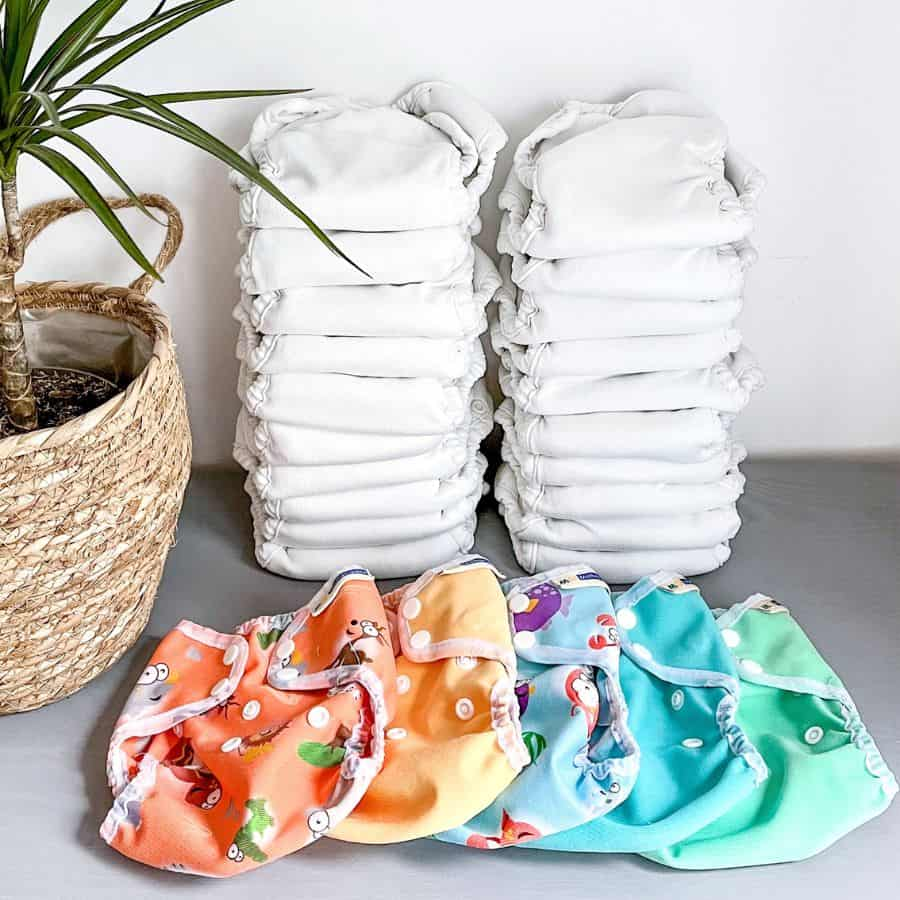
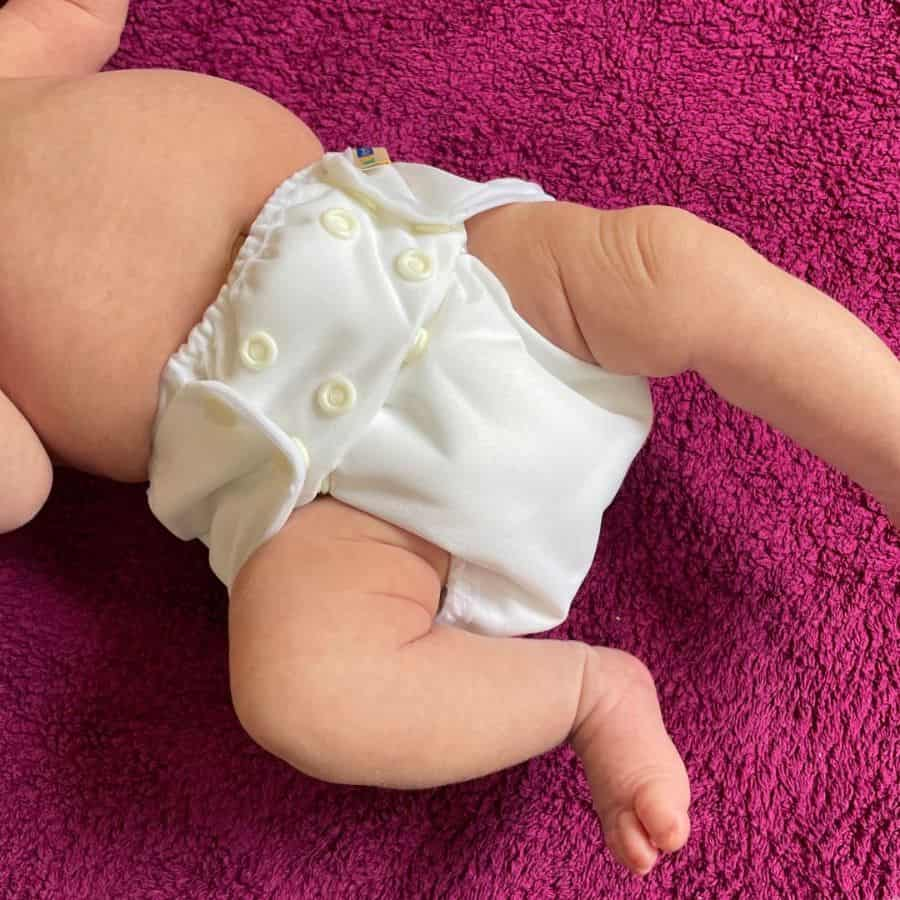
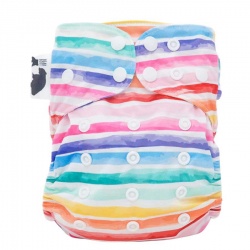
.jpg)
.jpg)
